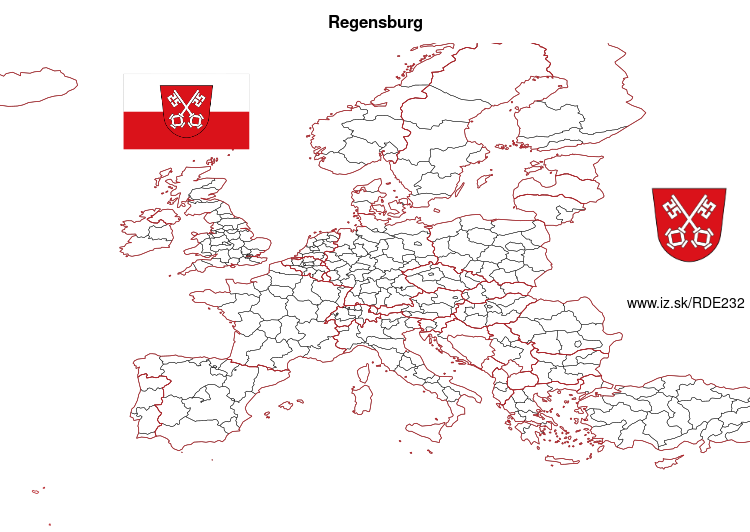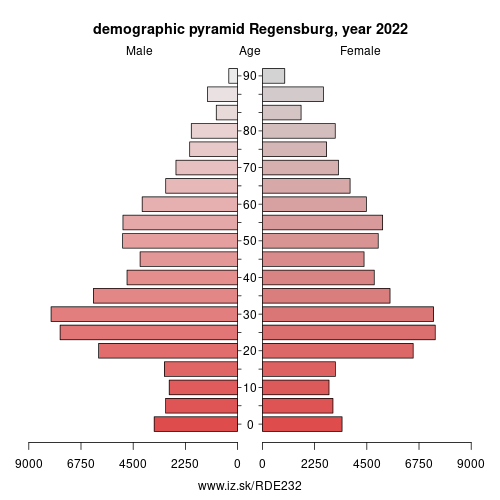- About us»
- Net income calculator»
- Population aging»
-
- Least developed regions»
-
- Average wage
- Material need benefits
- Meal allowance
- Counties of Slovakia
- Inflation
- Living and Subsistence Minimum
- Unemployment of Czechia and Slovakia
- NACE Classification
-
- Life expectancy
- Gender differences
- Youth unemployment and NEET
- Minimum wage in EU
- Unemployment rates of different age groups
- Share of salaries on GDP
- Unemployment rate
- Long term unemployment
- Percentage of employees ususally working at nights
- Employment rate
- NEET
-
- Bratislava and surroundings
- Kopanice
- Danube river
- lower Vah river
- middle Vár river
- upper Nitra river
- lower Nitra river
- Mining cities
- Kysuce a Orava
- upper Vah river - Liptov
- Spiš cities
- upper Hron river
- Juhoslovenská kotlina
- Košice fold and Torysa river
- upper Zemplín
- lower Zemplín
- EU regions
- NUTS3 regions of Slovakia
- LAU1 dataset
-
- Projects and activities
- Inclusive growth»
- Good work
- Project SKRS
- Social system – reality and vision
- Library
-
- Education of unemployed
- Young unemployed not taking part in education
- Proposal to change the system of education funding
- News»
- Contact
Regensburg – DE232
EU regions: Germany > Bavaria > Upper Palatinate > Regensburg

| Indicator | Period | Value |
|---|---|---|
| Gross domestic product | ||
| GDP per capita in PPS of EU average | 2022 | 237 |
More on wikipedia wikidata Q2978 on OpenStreetMap Regensburg slovensky: DE232
Demographics
| Indicator | Period | Value |
|---|---|---|
| Demographics | ||
| number of inhabitants | 2024 | 149 664 |
| population density | 2023 | 1880.8 |
| old-age dependency ratio | 2024 | 24.8 |

From Wikipedia: Regensburg (US: , German: [ˈʁeːɡn̩sbʊɐ̯k] (listen); older English: Ratisbon; Austro-Bavarian: Rengschburg or Rengschburch) is a city in south-east Germany, at the confluence of the Danube, Naab and Regen rivers. With more than 150,000 inhabitants, Regensburg is the fourth-largest city in the State of Bavaria after Munich, Nuremberg and Augsburg. The city is the political, economic and cultural centre and capital of the Upper Palatinate.
The medieval centre of the city is a UNESCO World Heritage Site. In 2014, Regensburg was among the top sights and travel attractions in Germany.
History
Early history
The first settlements in Regensburg date from the Stone Age. The Celtic name Radasbona was the oldest given to a settlement near the present city. Around AD 90, the Romans built a fort there.
In 179, a new Roman fort Castra Regina ("fortress by the river Regen") was built for Legio III Italica during the reign of Emperor Marcus Aurelius. It was an important camp at the most northerly point of the Danube; it corresponds to what is today the core of Regensburg's Old City or Altstadt east of the Obere and Untere Bachgasse and west of the Schwanenplatz. It is believed that as early as in late Roman times the city was the seat of a bishop, and St Boniface re-established the Bishopric of Regensburg in 739.
Other: Upper Palatinate, Regensburg, Weiden in der Oberpfalz, Cham, Neumarkt, Regensburg, Amberg, Amberg-Sulzbach, Schwandorf, Landkreis Neustadt an der Waldnaab, Tirschenreuth
Neighbours: Regensburg
Suggested citation: Michal Páleník: Europe and its regions in numbers - Regensburg – DE232, IZ Bratislava, retrieved from: https://www.iz.sk/PDE232, ISBN: 978-80-970204-9-1, DOI:10.5281/zenodo.10200164

 Share
Share Facebook
Facebook Twitter
Twitter News
News